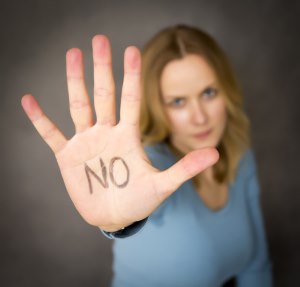Apple finally opens up about why it rejects certain apps
 It may have been something of an unknown quantity for years now. Just why was a particular app denied entry to the App Store? Now Apple -- the company so famed for its secrecy -- has finally laid its cards on the table and revealed the most common reasons apps are rejected. Taking a snapshot from the last week of August, the new Common App Rejections page on Apple's Developer site details the top ten problems that prevent apps from making their way to the App Store. Accounting for more than a quarter of rejections (14 and 8 percent respectively) are apps that do not have enough information and those that exhibit bugs.
It may have been something of an unknown quantity for years now. Just why was a particular app denied entry to the App Store? Now Apple -- the company so famed for its secrecy -- has finally laid its cards on the table and revealed the most common reasons apps are rejected. Taking a snapshot from the last week of August, the new Common App Rejections page on Apple's Developer site details the top ten problems that prevent apps from making their way to the App Store. Accounting for more than a quarter of rejections (14 and 8 percent respectively) are apps that do not have enough information and those that exhibit bugs.
Six percent of rejected apps fell foul of terms in the Developer Program License Agreement -- although no further breakdown is given -- and the same percentage of titles were given the thumbs down for not meeting Apple's exacting standards. "Apple and our customers place a high value on simple, refined, creative, well thought through interfaces. They take more work but are worth it. Apple sets a high bar. If your user interface is complex or less than very good, it may be rejected". Apps that are either misleading or similar to other apps, and those with inappropriate names and artwork were also stopped in their tracks, each accounting for 5 percent of vetoed apps.
For developers who are unclear about what they need to aim for with their app, the Common App Rejections page serves as a helpful reminder. Other no-nos include broken links, placeholder content, and ads that do not function as they should. Apps that are little more than "web clippings, content aggregators, or a collections of links" are frowned upon, as are those that mimic the functionality of other apps, and those that fail to offer lasting value.
In all, the top ten reasons for rejection make up 58 percent of those that are rejected. The remaining 42 percent that comprises "Other Reasons" is not detailed further, but the snippet of information, that each one accounts for less than two percent of rejections, means that there are at least a further 21 reasons for an app being knocked back. Speculate away about what they may be!
Photo credit: Fotyma / Shutterstock
